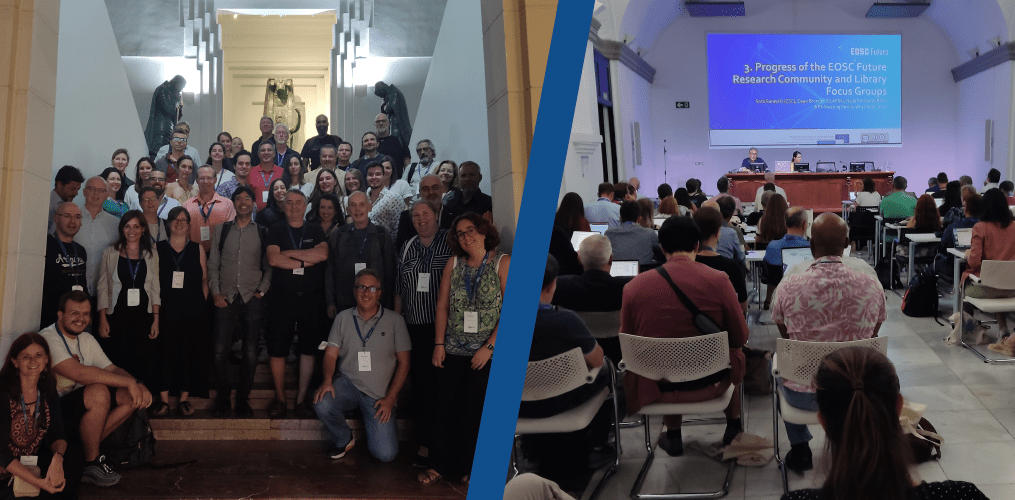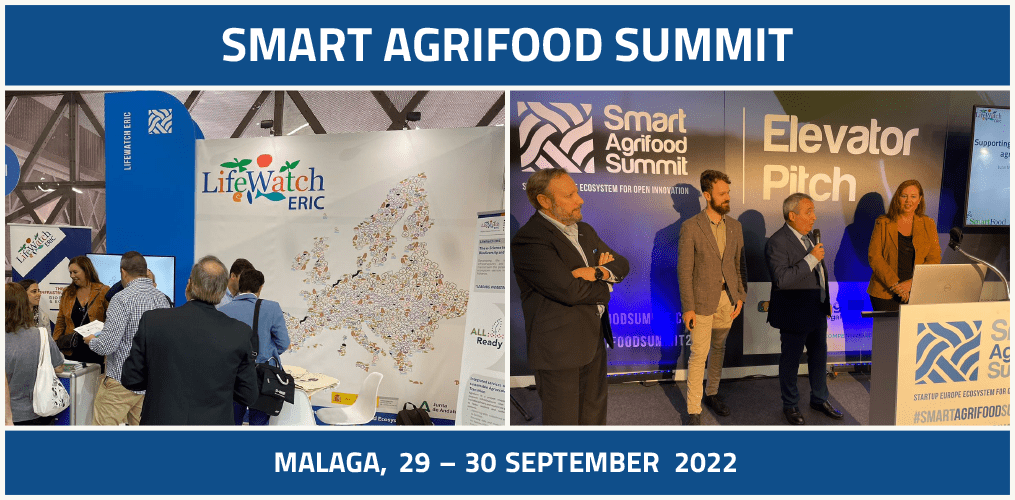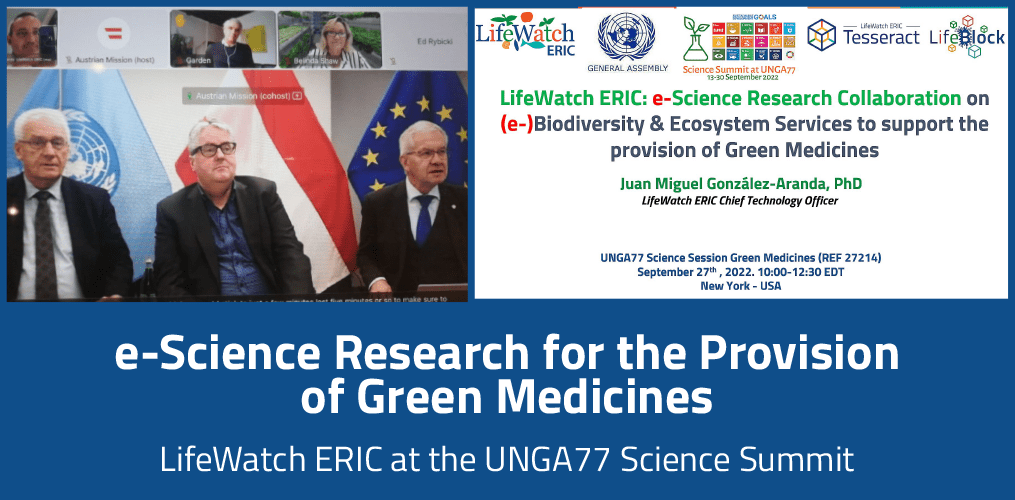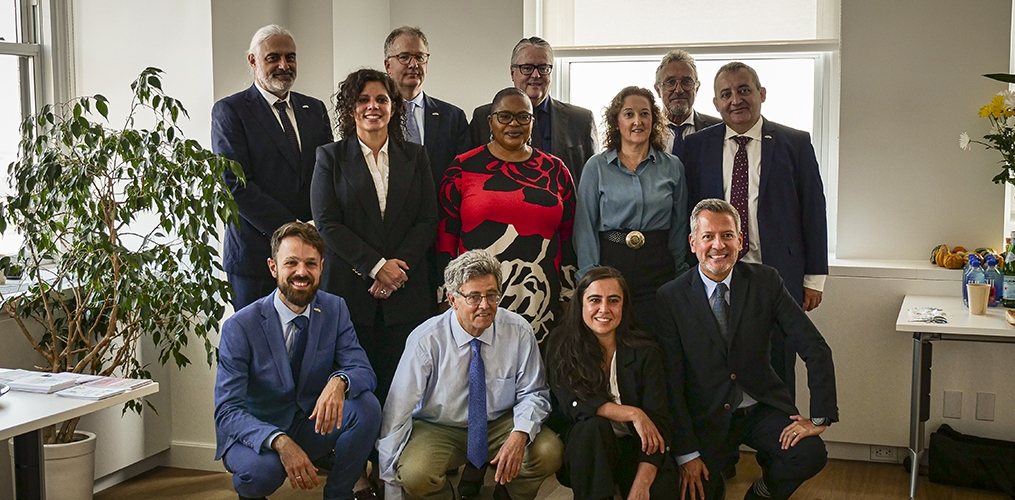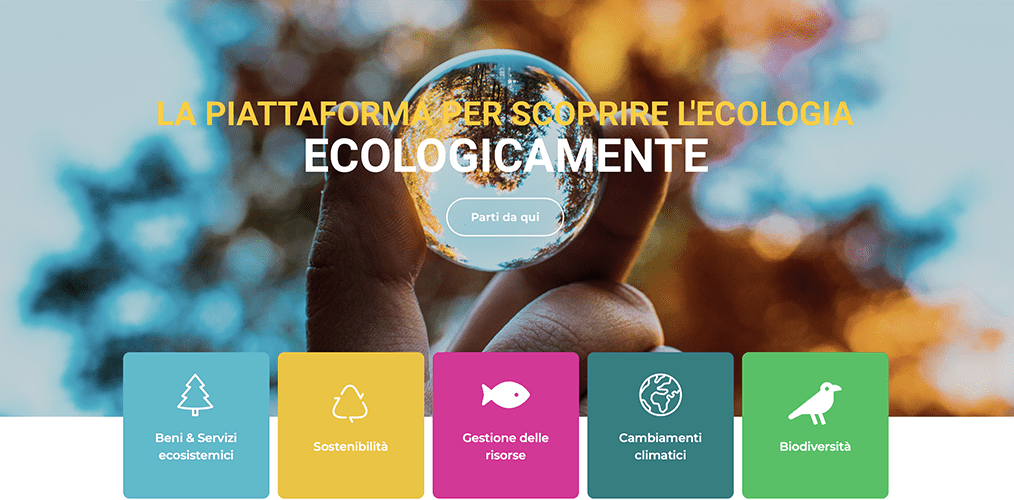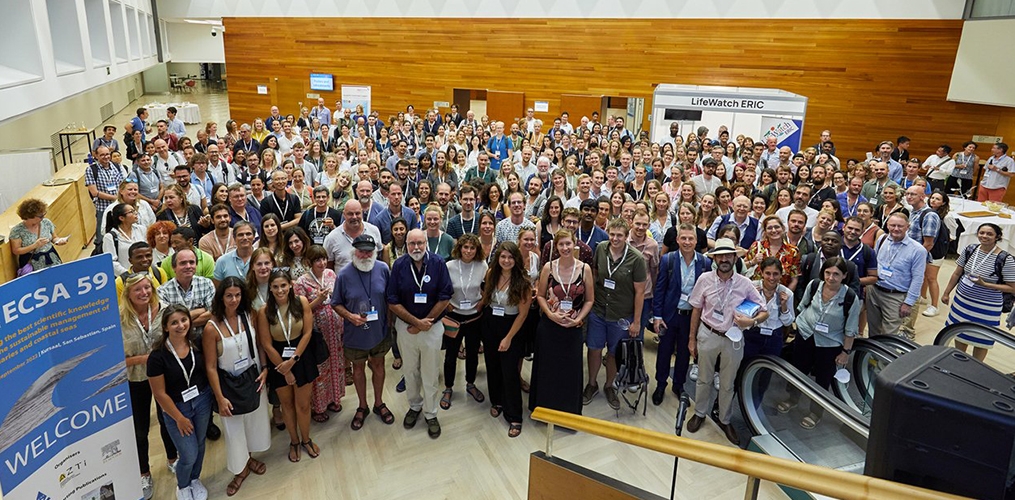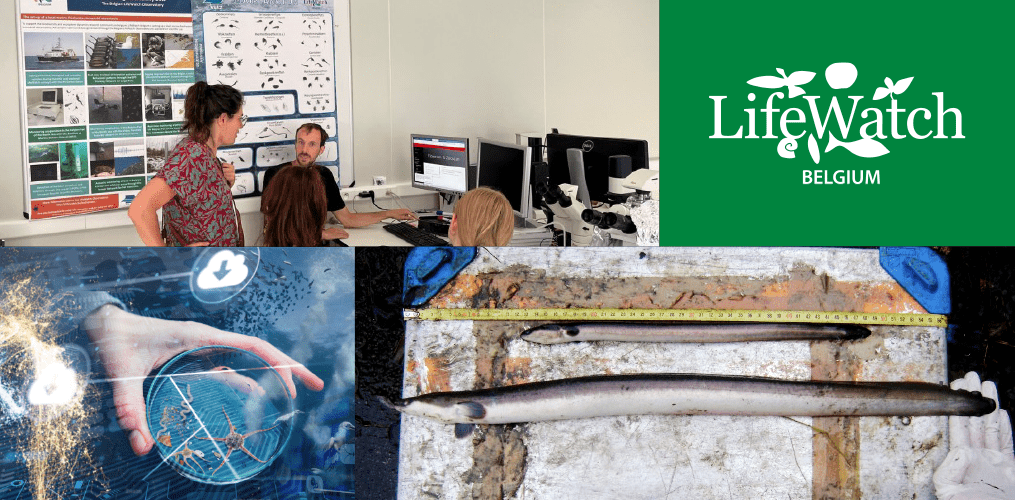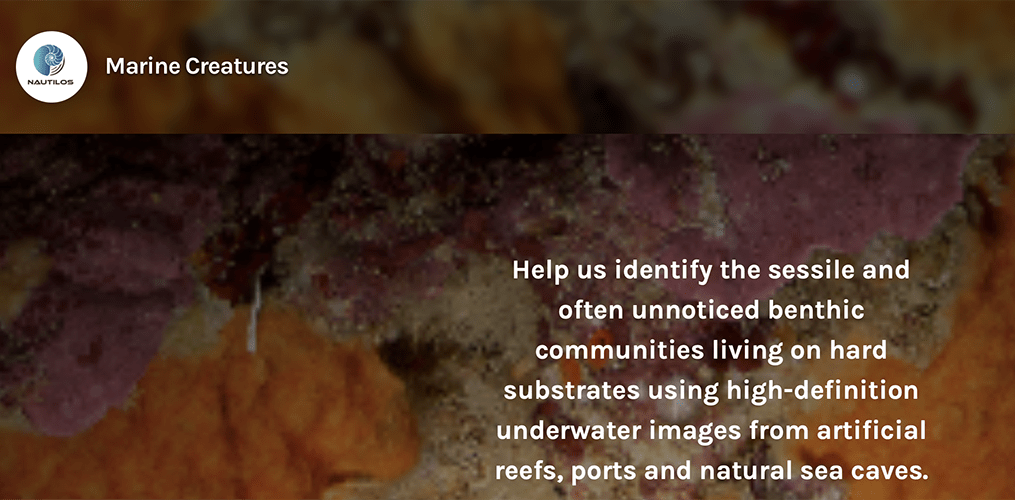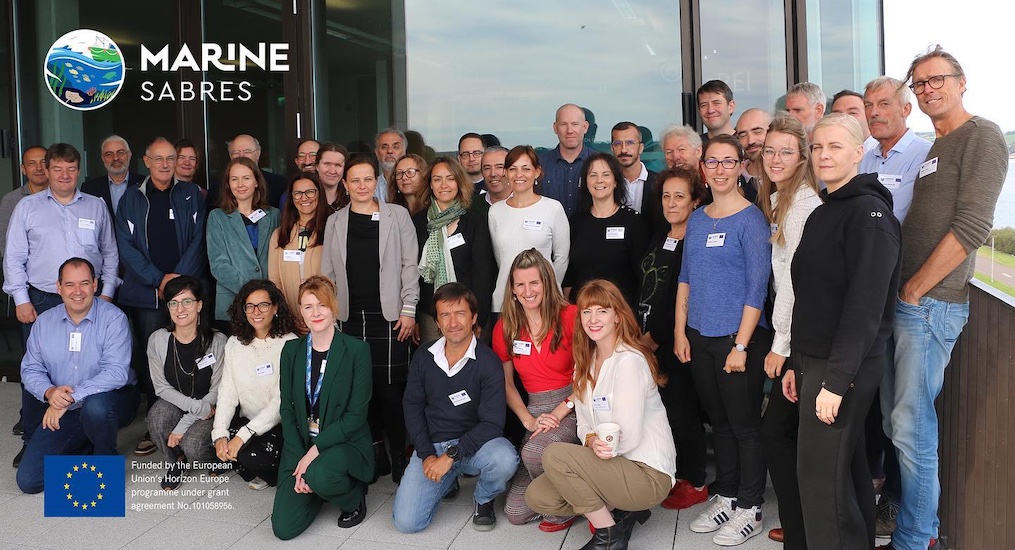There’s been a lot going on at LifeWatch Belgium over summer 2022, so please flick through some of our favourite news stories from the LifeWatch Belgium website, where you can find the full versions of these featured articles.
Taxonomy and beyond: ecological trait information in Aphia and WoRMS
In 2018, the WoRMS Steering Committee identified “documenting relevant species traits” as one of the content priorities for WoRMS (hosted by the national focal point for LifeWatch Belgium, VLIZ). The relevance of traits and their integration with the taxonomy of WoRMS however already dates back to 2015, when Costello et al., 2015 prioritised 10 marine species traits to document: Taxonomy, Environment, Geography, Depth, Body size, Substratum, Mobility, Skeleton, Diet and Reproduction.
Taxonomy, which is not actually a trait, is the main goal of WoRMS, and geography and depth are covered by the distribution module in WoRMS. Environment and body size were considered as the most straightforward traits of this list; meaning this information is easy to find rapidly and can be applied across all taxa in WoRMS. Therefore, it was decided to first focus on collecting information for these two traits in WoRMS. For a long time, environment information has been included in WoRMS as the “environment flag”. This flag indicates whether a species is marine, brackish, freshwater and/or terrestrial. In addition, the “functional group” trait documents whether a species belongs to the benthos, plankton, nekton, etc.
Before 2019, both functional group and body size were documented in Aphia and WoRMS to some extent, but not systematically, and not for all species. To complement this trait information, the WoRMS Data Management Team started a “traits data mining exercise” in 2019. Thanks to the positive responses of many editors, environment is now 99.5% complete, functional group 76%, qualitative body size 45%, and quantitative body size 9%. These are the numbers for the accepted species in Aphia. Looking at the accepted, extant, marine species, the numbers are even higher: 100% complete for environment, 81% for functional group, 47% for qualitative body size, and 17% for quantitative body size. More statistics can be found here. Definitions of all traits and values currently available in WoRMS and Aphia can be consulted here. If you want to help in the completion of these traits, please contact info@marinespecies.org.
The Species Information Backbone, the development of which is supported by LifeWatch Belgium, aims at bringing together taxonomic and species-related data.
Original story here. Image credit: Pieterjan Verhelst, image available here.
The LifeWatch Data Cloud has been launched!
The LifeWatch Data Cloud provides an overview of biodiversity and ecosystem data and data products, interactive viewers to interact with the data, an analysis platform (R Studio environment) and code to analyse a variety of data. In the background, the LifeWatch Data Cloud is using the Flemish Supercomputer Center (VSC) resources to provide the users with a performant infrastructure. The initial idea of the LifeWatch Data Cloud was raised during LifeWatch Maritime Industry Advisory Board meetings organised in collaboration with the Blue Cluster, a network of Blue Economy players in Flanders. There was high demand from the maritime industry for a clear and user-friendly platform to consult all data and data products to be able use them for their company-specific applications. Since LifeWatch ERIC offers much more than marine data and tools, and wants to offer this service to other users as well, the cloud was expanded to include terrestrial and freshwater products and is now available to a variety of users.
For the User Day of the Flemish Supercomputer Center (VSC), which took place at Ghent University on 22 May 2022, Lennert Schepers from LifeWatch Flanders presented the LifeWatch Data Cloud and two use cases that are using the LifeWatch Data Cloud: (1) a scientific study that models plankton interactions and (2) the European Tracking Network community that uses the LifeWatch Data Cloud to analyse the movement and migration of aquatic animals at a pan-european scale. The presentation is available here and the aftermovie is available on the website of the VSC.
You are encouraged to try out the LifeWatch Data Cloud for your own applications. Please feel free to contact info@lifewatch.be if you have questions or need help. The LifeWatch Data Cloud was developed by VLIZ in the framework of the Flemish contribution to LifeWatch ERIC (funded by FWO), with support of the Blue Cluster and the Flemish Supercomputer Center (VSC).
Original story here.
Searching for synergies between IMEV and LifeWatch VLIZ
Plankton imagery instruments, deployed in situ or in the lab, can reveal abundance, biomass and size spectra of plankton and marine particles, improving our ability to study plankton community composition and their small-scale spatial distribution. Thanks to technological advancement in imagery, many marine research centres are acquiring an increasing number of instruments and data and are becoming highly specialised in this field. In this situation, collaboration among research stations that are using the same methods, instruments and similar workflows are key to meet a common goal: to produce interoperable and high quality imagery datasets from which biologically and ecologically meaningful plankton observations can be derived.
From 18 – 20 July 2022 a team of plankton imagery specialists from the Laboratoire d’Océanographie de Villefranche (LOV), the Quantitative Imagery Platform (PIQv) and the Center for Planktonic Collections (CCPv) from the Institut de la mer de Villefranche, Sorbonne Université-CNRS, in France, visited the LifeWatch VLIZ team in Ostend. During the 3-day meeting, both teams shared their expertise, discussed data acquisition, processing and management, identified synergies among their respective projects and future collaborations, among others. It was a very fruitful meeting with action points to follow up in the coming months, until the next time when, hopefully, the team from Ostend will visit Villefranche sur mer.
Imaging data and sensors acquired at VLIZ are part of the Flemish contribution to LifeWatch ERIC.
Original story here.
